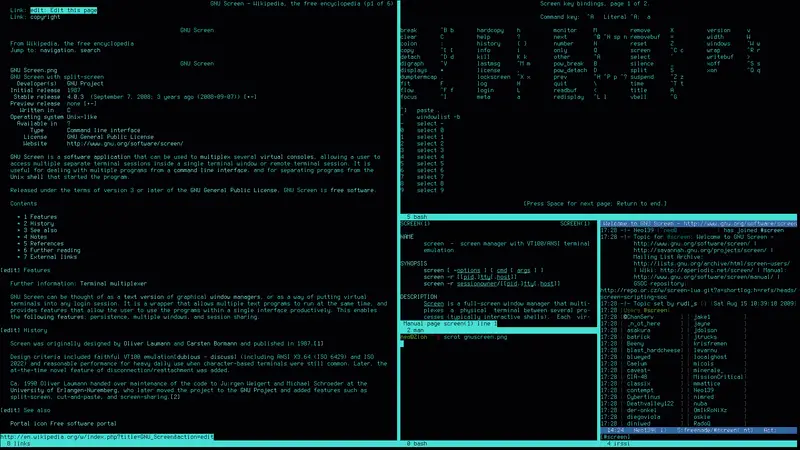

A minimalist approach Docker containers are relatively simple to create and manage. Containers are used to keep applications from being hijacked by the host operating system or other containers, shielding them from being attacked. Containers are faster to use than the host operating system when it comes to running applications. There are numerous advantages to using Docker over other platforms. Containers allow applications to be run more easily while reducing system dependency and operating costs. Containers, like host OS containers, are lightweight and isolated environments that are built around the same kernel and libraries.

Once Docker is installed on your system, you can run and create containers. Docker Containers: Speed, Security, And Simplicity Kali Linux’s source code is unique in each image we offer, which means there is a different variation of the operating system. As a result, we can provide you with all of the necessary Kali containers. Can I Use Kali Linux In Docker?Ĭredit: Every week, Kali provides an official Kali Docker image via Docker Hub.

You can then start the Kali Linux Container and use it as you would use a regular Kali Linux system. Once the Kali Linux Docker Image is downloaded, you can create a Docker Container using the Kali Linux Image. Then, you can Pull the Kali Linux Docker Image from the Docker Hub.

To use Kali Linux in Docker, you first need to install Docker on your host system. Docker is perfect for running Kali Linux because it doesn’t require a dedicated computer or virtual machine. Docker is a containerization technology that allows you to run multiple isolated systems on a single host. It is also possible to install Kali Linux on a virtual machine or a Raspberry Pi. Kali Linux can be run from a Live DVD or Live USB, allowing it to be used on a computer without affecting the installed operating system. It is maintained and funded by Offensive Security Ltd. Kali Linux is a Debian-derived Linux distribution designed for digital forensics and penetration testing.


 0 kommentar(er)
0 kommentar(er)
